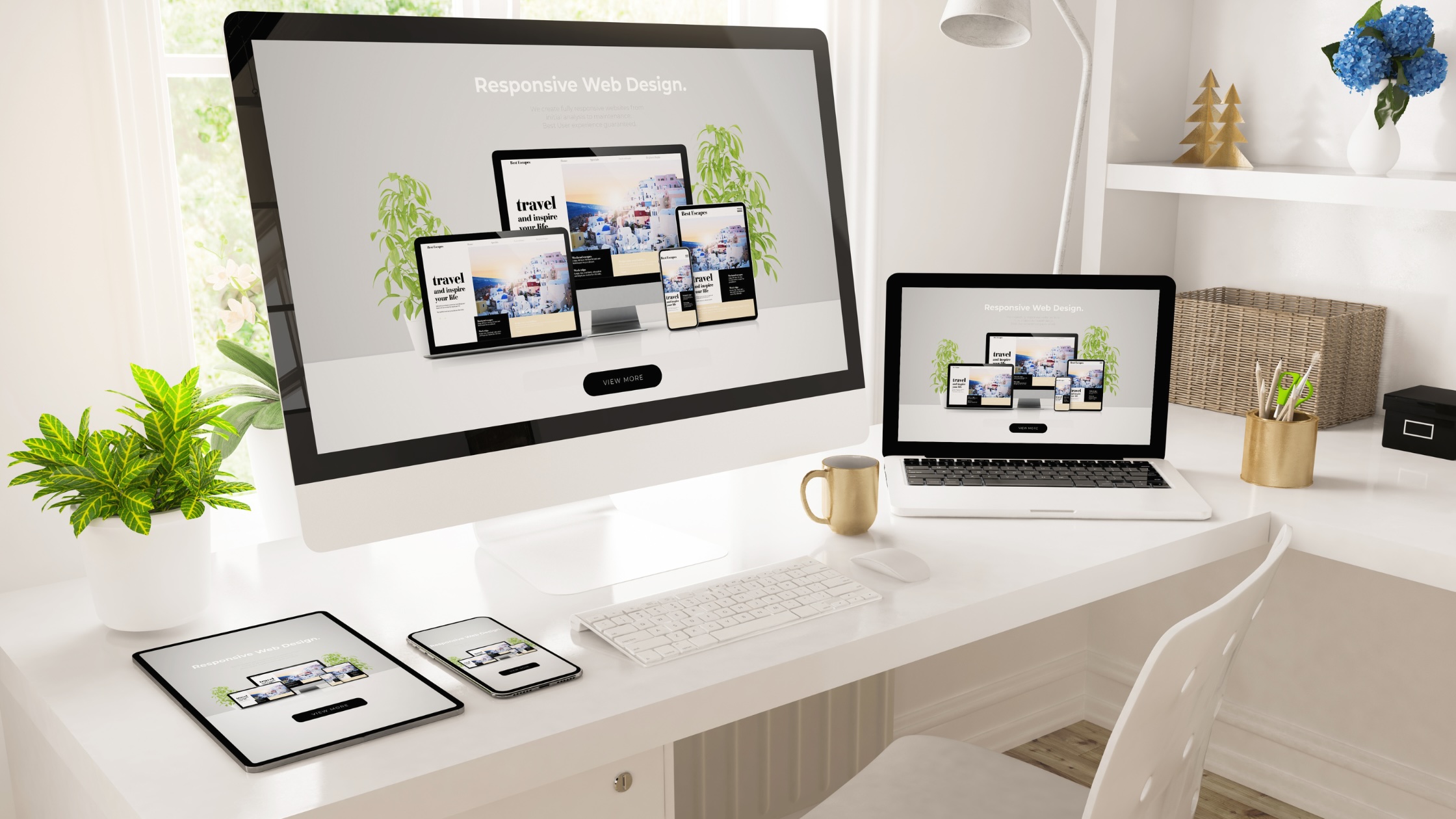Event planning is a great way to engage with your target market and boost your business. But it also takes work. And, if you are like most of the business owners we know, you already have a lot on your plate (maybe it even feels like it is spinning above your head and getting ready to eject its contents). Here are some simple strategies to help your event planning come a bit easier!
How did you know we would talk about strategic planning?
One of the most important parts of planning an event is to make sure you are doing it intentionally, i.e. in line with your strategic plan. Your WHY for your business must be involved in the event planning fun, otherwise it might be a big old flop. The first question to ask yourself is:
What are you hoping to achieve from this event?
If you are a non-profit, are you hoping to raise funds for a certain project? As a for-profit business, do you want to get the word out about your brand? Are you trying to throw a shindig for loyal customers to help retention? Getting down to the nuts and bolts of why you want to play hostess will help you to deliver a clear and concise message.
Once you and your team have an understanding about what you want to achieve, you need to decide on your target audience and set a realistic budget. These can take a lot of time and effort, but they make up the foundation of the rest of your event planning.
Now that the hard part is over…
Now you can start to focus on some of the more fun details of your event: format, scheduling, location, dates, times, attendees, theme, etc. Interactive events may be more successful than ones that require a lot of sitting and listening, but that will also depend on your target market and what you are hoping to accomplish. Some types of events we have enjoyed hosting in the past include:
- Happy hours
- Awards shows
- Golf outings
- Fundraising events
- Luncheons
- Sponsorship events
- Festivals and more
Let your strategic plan guide the way and you will find that things fall into place.
When and why should you outsource?
If reading the last paragraph leaves your head spinning, then you know it’s time to outsource your event planning.
Outsourcing comes with huge benefits, including access to professionals who specialize in strategic event planning, promotion and execution. It would be a bad business move to spend your budget (and valuable time) on an event that hasn’t been promoted properly and doesn’t end up boosting your business or brand.
When you outsource to an agency, such as P&A, your team also gets their time freed up to run the business as usual, even as the event itself is in the works. This creates less stress in the workplace and a happier crew, which in turn makes your job as the boss a whole lot easier.
Many people think that outsourcing for events or other marketing costs more money, but in reality, it saves you big time. Using professionals with industry knowledge means you have the inside scoop on how to get the most bang for your buck. Otherwise, you might fall into the trappings of hidden fees and add-in costs. When you are a small business, sticking to your budget means you have a better bottom line.
A good event host or hostess knows their “why” and executes with a clear and strategic plan. Outsourcing is a great way to keep it neat and tidy for your team. Want to chat more about events and how we can help turn yours into a success? Just head on over to our website’s Contact Us page.











